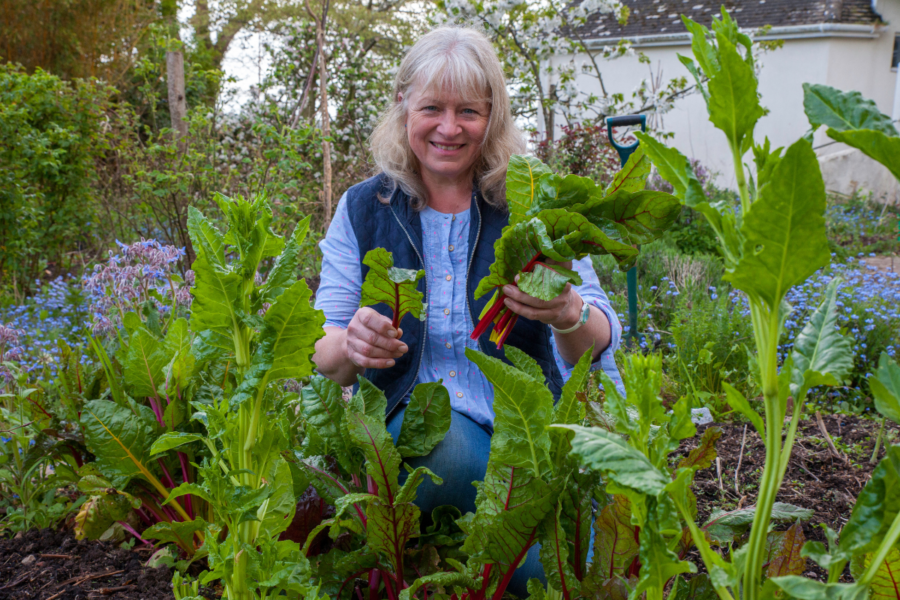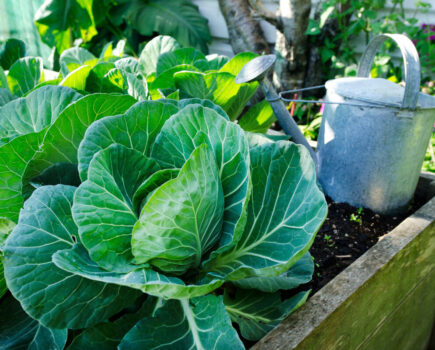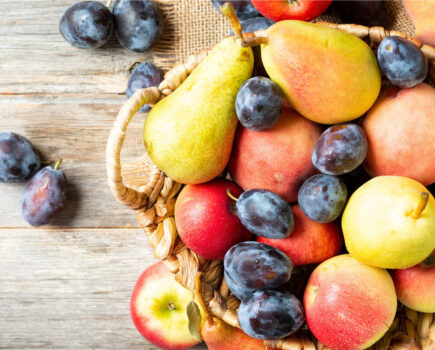Easy pickings, soil health and protecting fruits from our feathered friends
At this time of year, our East Devon home attracts surprise visitors on their way back from Cornwall and other parts of the south west. These stopper-offers are always welcome, as they usually bring gifts of exciting foods and wines as inspiration for a good cook up. Now is the perfect time for gardeners to show off because we are gathering the fruits of our plotting, planning and hard work. There should be harvests of home-grown new potatoes, broad beans, peas, lettuce, herbs and enough soft fruits for a summer pudding or Eton mess, with meringues made from freshly laid eggs, for those that also keep chickens.
I’ve been growing veg for so long now, the calendar for sowing our regular favourites is firmly lodged in my brain. As each month passes, reminders ping into consciousness and repeat until the job is done. Now we’re in July, sowings of chard and perpetual spinach are due, for plants to deliver leaves through autumn, stand through winter and offer up a grand finale the following spring. The glow of happy satisfaction when sowings and plantings are completed must surely be down to a release of endorphins, proving yet again that gardening makes us happy.
Watching and listening to the many birds of our garden (I’ve totted up a list of 32 different kinds) brings great pleasure also. They brighten the place, add movement, song and consume many pests. They deserve to live here as much as we do and only clash with gardening in three ways. Their nesting habits often mean I can’t prune at the best moment, many like to eat seeding weeds so I feel obliged to leave some and the wood pigeons and blackbirds will cheekily rob us of every kind of soft fruit just before it ripens.
Meanwhile, unseen and unheard, other forms of wildlife are at work turning vegetative waste into compost with which to nourish our soil.
How to grow chard and perpetual spinach
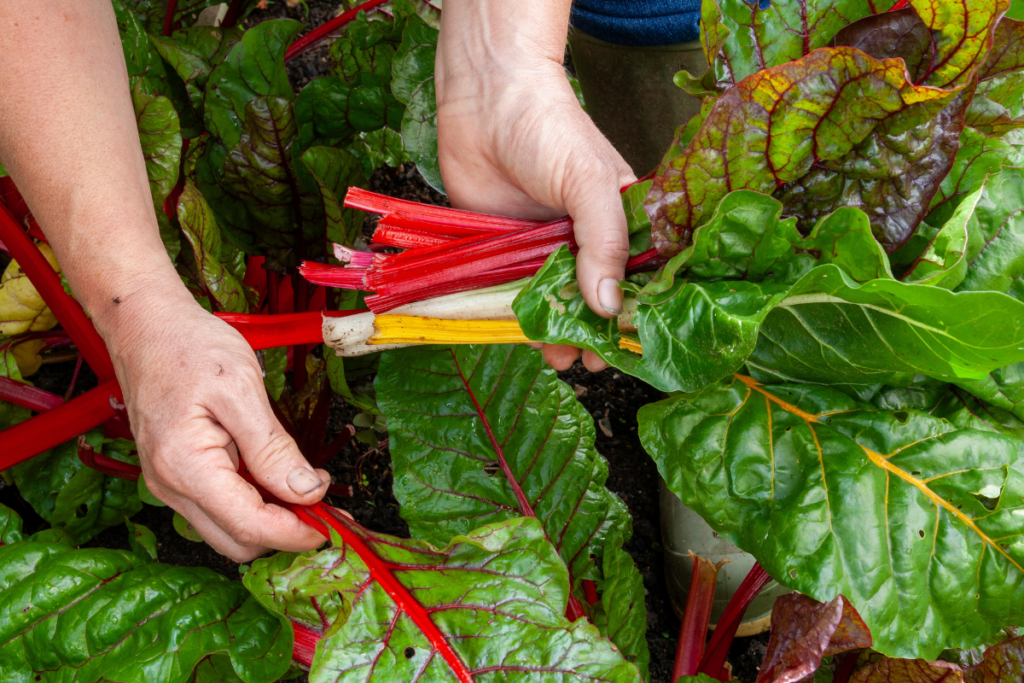
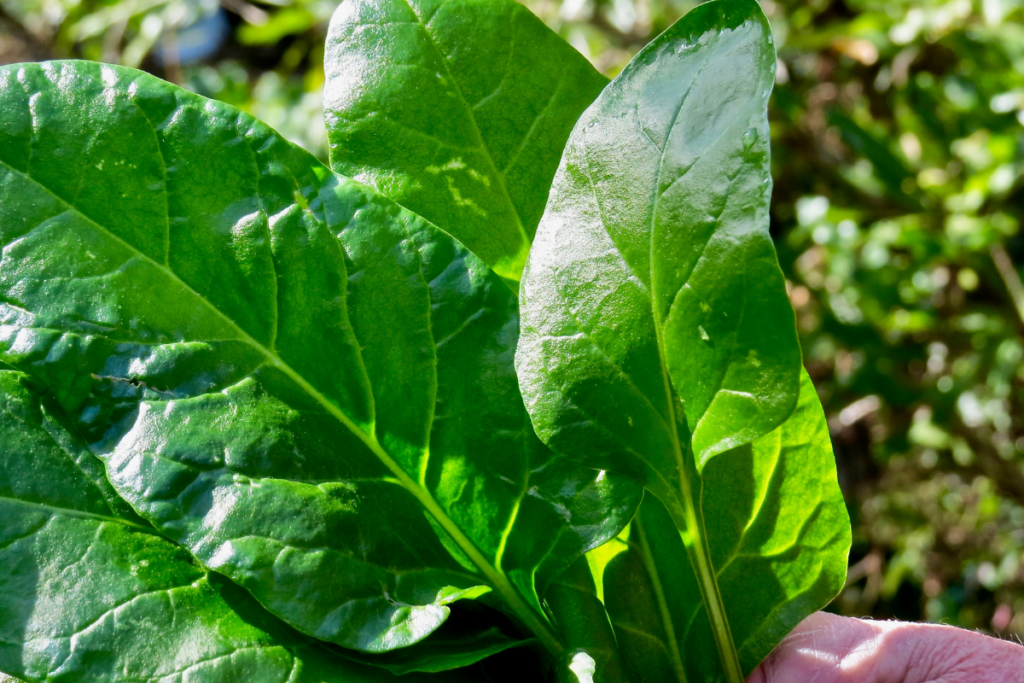
These leafy crops are related to each other and also to beetroot. Hardier and easier to grow than true spinach, the young leaves are good for salads but, when growth is under way, they deliver plenty for dishes where a lot of spinach-like leaves are needed. Their sowing times are usually given as April to July and seeds will germinate well from February onwards under unheated glass.
If you are only going to sow once, I’d say July is the best time. The soil is warm enough for direct sowings, and for plants to crop well from autumn to early summer. As temperatures rise, they send up flowering stems but I continue to crop from these and will often cut them down, water the plants if dry and leave them to grow more leaves.
So which is best, Swiss chard, or perpetual spinach? To stand out on the plot and produce colourful leaves for winter salads, bright-stemmed chards win hands down. If you like wide, succulent stems (I don’t) then some cultivars have been bred to deliver these. If all you crave is plenty of spinach-like leaves, then perpetual spinach will not disappoint. In all cases, I tear the blades from the stems and midribs, as these cook at different times.
The leafier chards make great cut-and-come-again plants sown close together, but for large plants with a long cropping season, I like to station sow 3-4 seeds at 20cm (8in) intervals and thin the seedlings gradually to one per spot. For smaller growing spaces, make the intervals 13-16cm (5-6in) but you’ll then get smaller plants. Begin harvesting by the leaf from the outside, always leaving behind enough to support the plant.
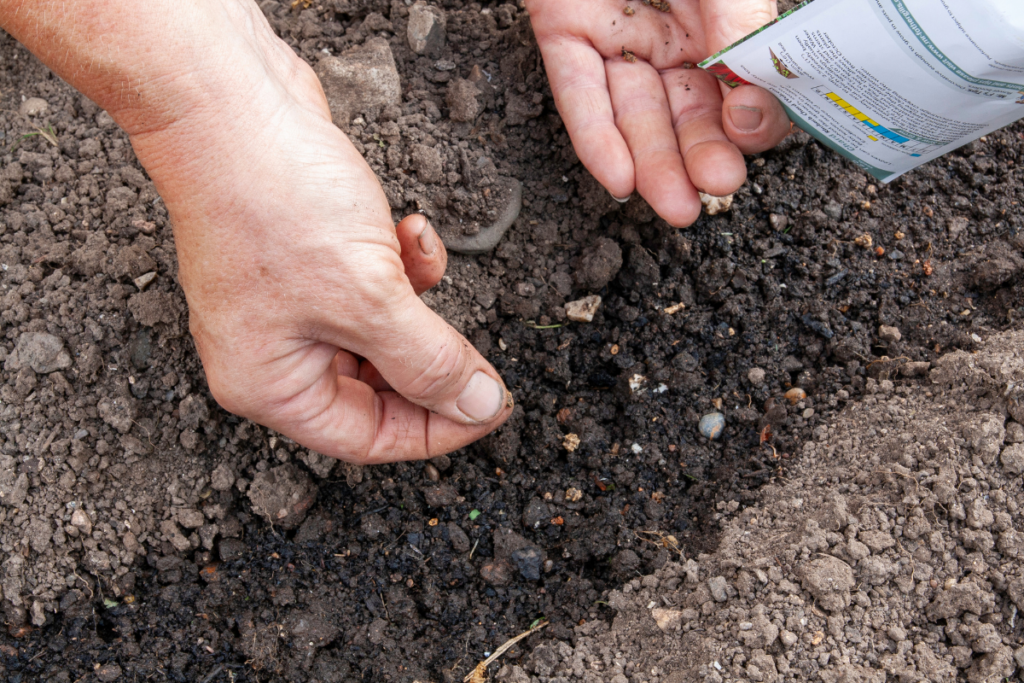
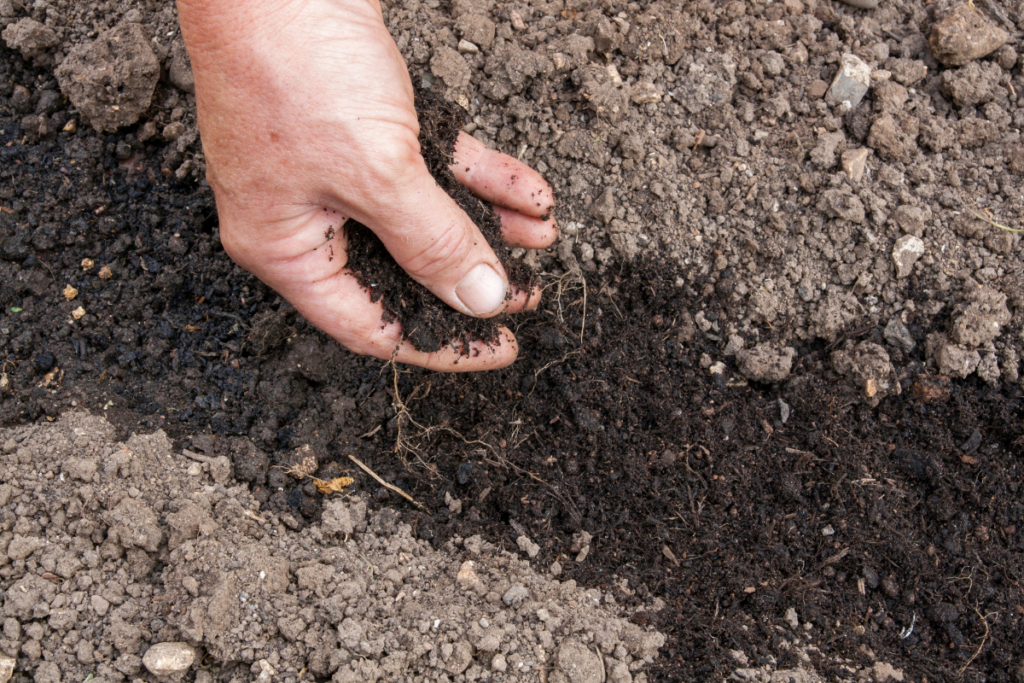
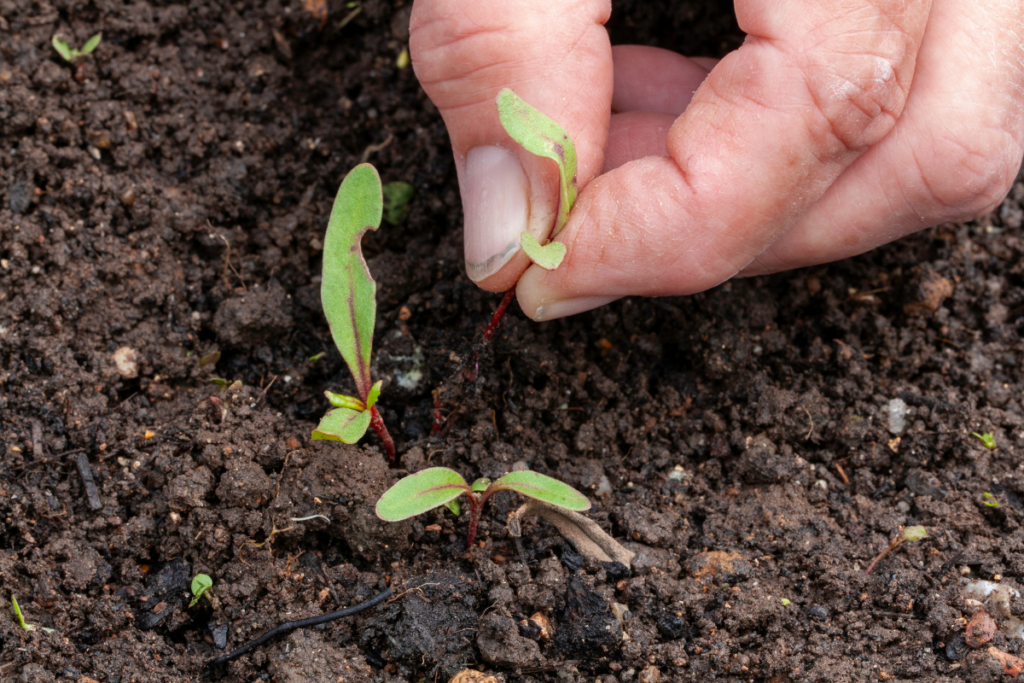
Try these
Perpetual spinach

Also known as spinach beet, this is a good choice if you have struggled with true spinach. The flavour is milder, it is easier to please and individual plants crop for longer periods.
Chard ‘Bright Lights’
My favourite leafy beet, the plants produce deeply coloured green to bronze leaves and colourful stems of pink, red, yellow, purple or orange.
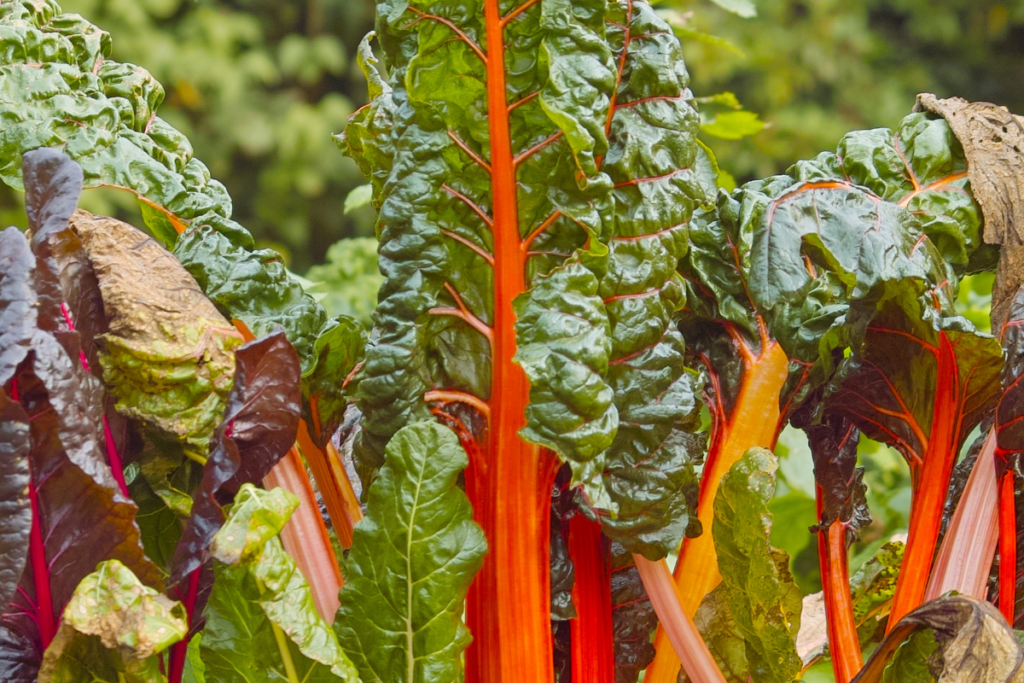
Chard ‘Fordhook Giant’
This Swiss chard produces a lot of thick, pale-green to white leaf stems and veins as well as rich emerald leaves.

Protecting fruit
As soon as fruits begin to swell and colour shows, blackbirds will peck at unripe berries and pigeons seem to swallow gooseberries whole. To enjoy any of our crops, I watch like a hawk, waiting until all the flowers have been pollinated and fruit set before covering the plants with closely woven mesh. A collection of old metal hoops and some new ones constructed from alkathene piping with canes in the ends hold the mesh above low-growing fruits like strawberries. Taller berry bushes and blackberry hybrids are wrapped in fleece with the edges nipped together by clothes pegs. A collection of bricks proves handy for keeping the mesh close to the ground. All of this is worth the effort, as the fruit can then ripen properly for full, sweet flavour. I often long for a fruit cage but I do like to uncover the plants when we’ve had our fill and allow the birds to feast of the remainder.
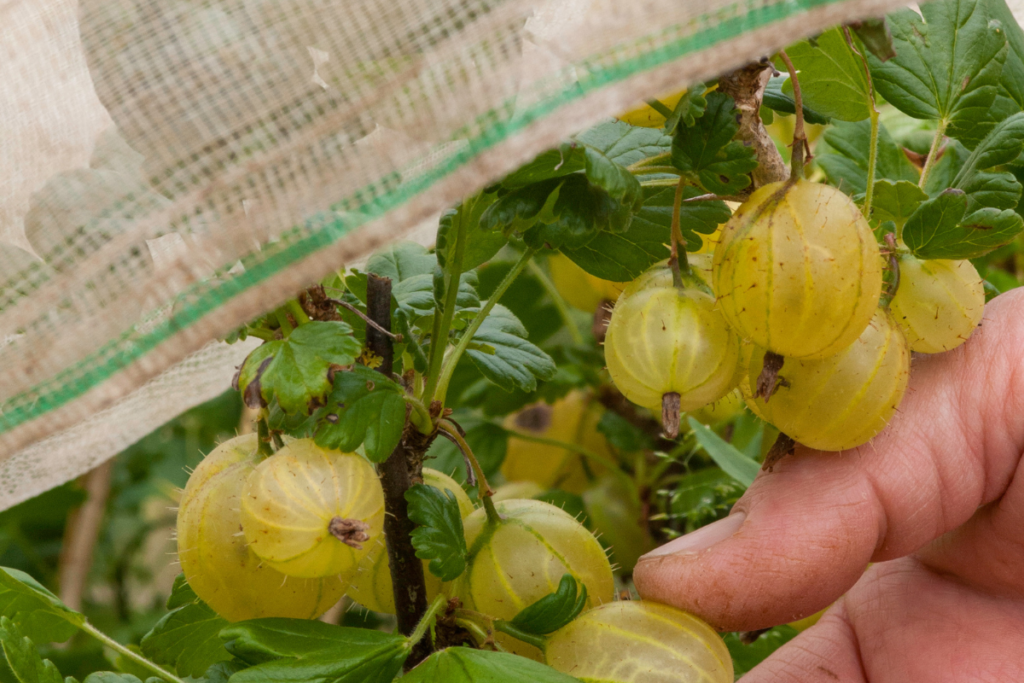
TIP
Keeping bird baths and water containers topped up is not just of benefit to the birds. If they can’t access water easily and are thirsty, they are more likely to take berries for their juice.
……
Compost and brandlings
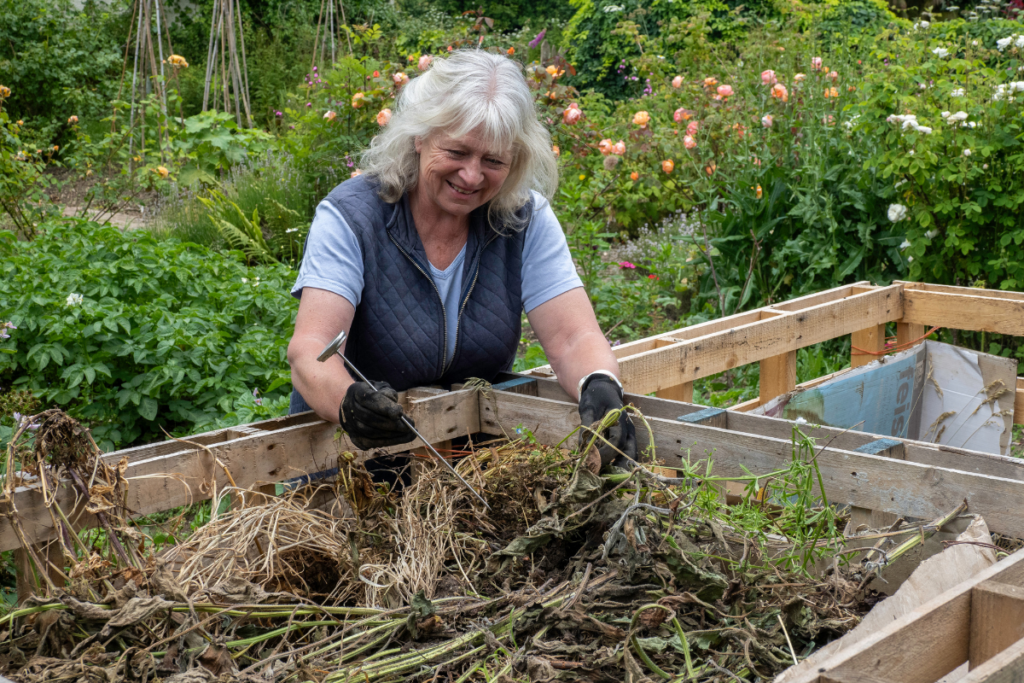
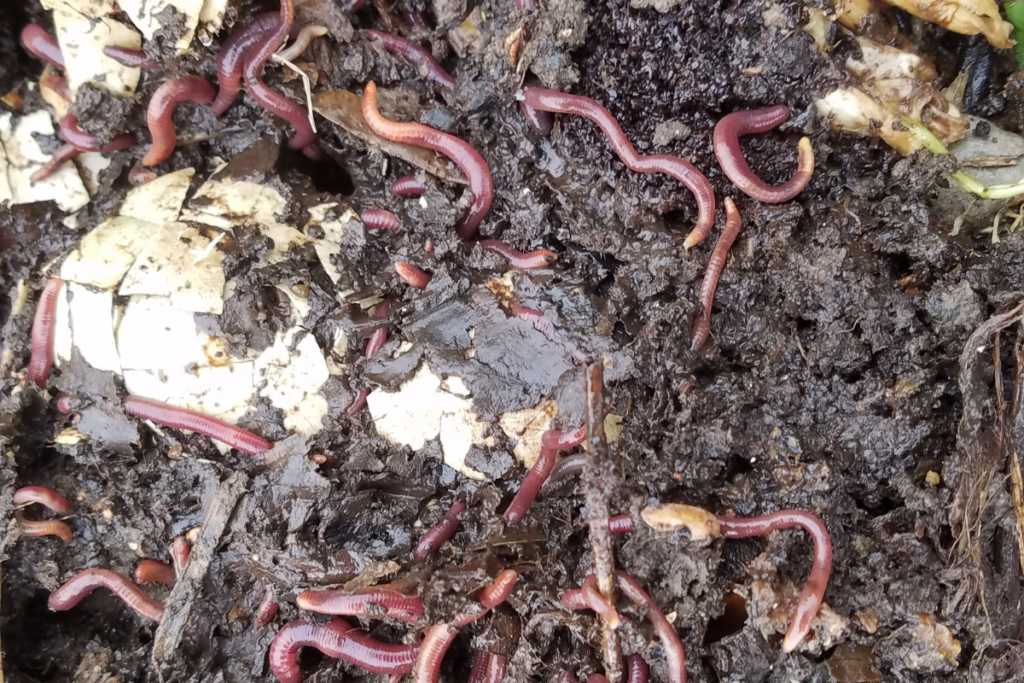
Many gardening questions concerning soil type, health and the feeding of plants have the same answer: improve soil structure by adding well-rotted garden compost as a mulch. Microbial activity is increased and plant nutrients released. The most efficient, sustainable and inexpensive way of getting compost is to make it at home. Most people find the vagaries of their heap or bin as fascinating as any other part of the garden and similar levels of concentration are needed to guarantee success.
Thin layers of sappy ‘green’ material are interleaved with stemmy ‘brown’ stuff and if something goes wrong, it is usually because the green has outweighed the brown, too much water is held and the compost turns mushy. A soil thermometer will reveal the inner temperature, which above 55C (131F) will kill weed seeds. Your compost is alive with creatures, with larger ones breaking down fresh material at the top, an under layer of brandling worms beneath and microbes of various sorts throughout. The red brandling worms feed on decaying organic matter rather than soil, tolerate warmer temperatures than earthworms and will move in naturally from other parts of the garden. Should temperatures rise above 25 C (77 F), they will move to cooler parts of the heap, or leave.
Find more tips, advice and articles like this at the Amateur Gardening website. Subscribe to Amateur Gardening magazine now

